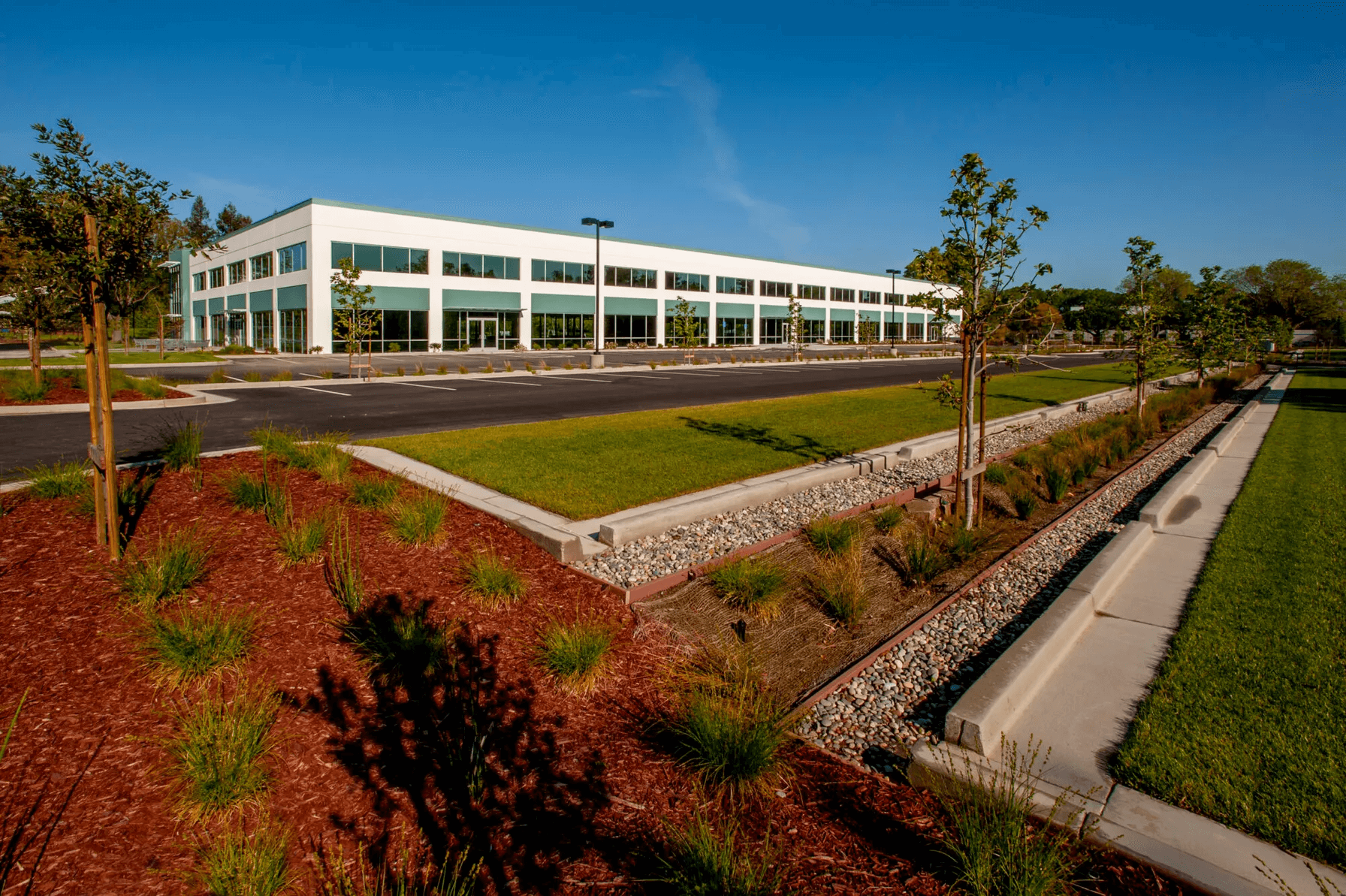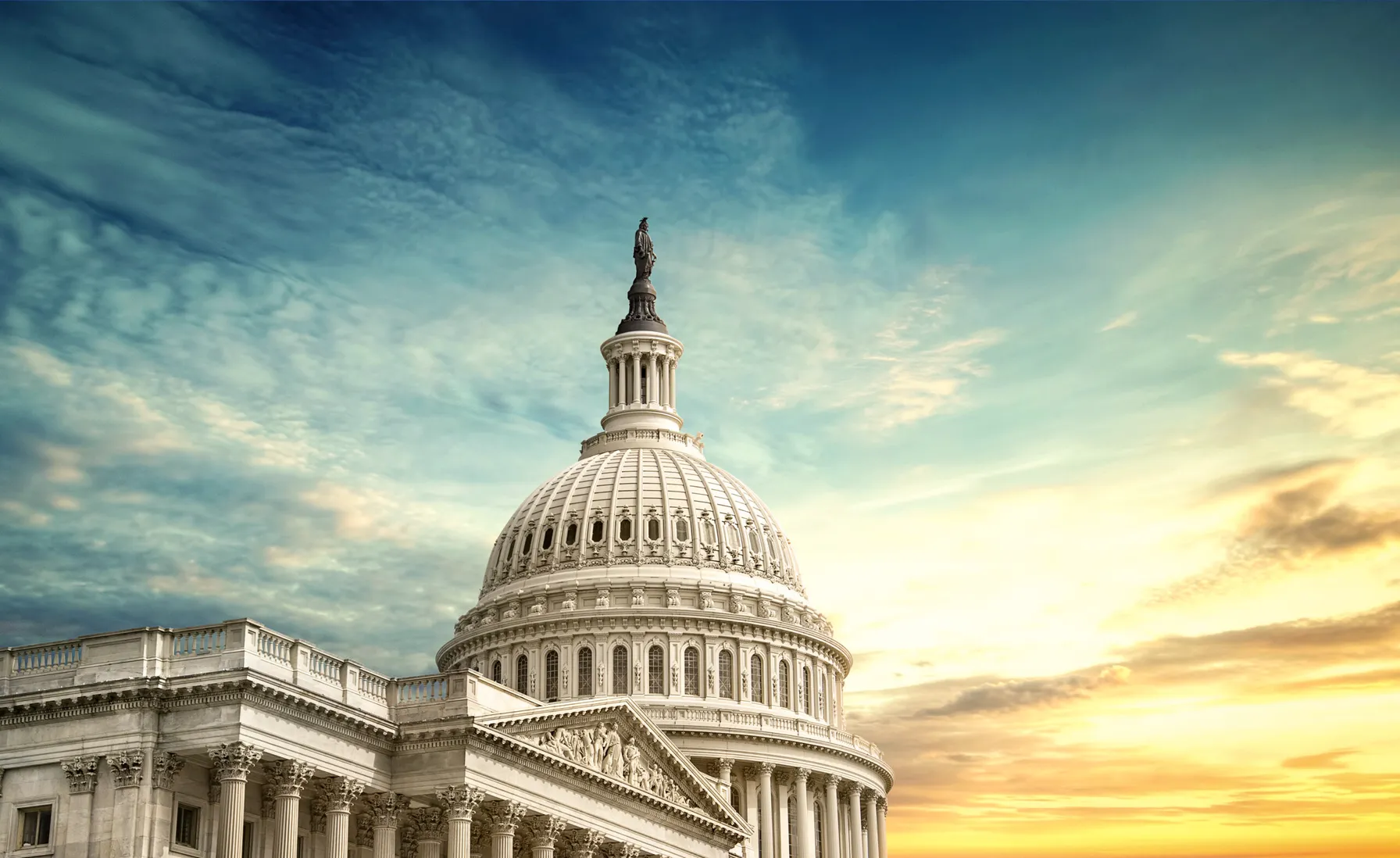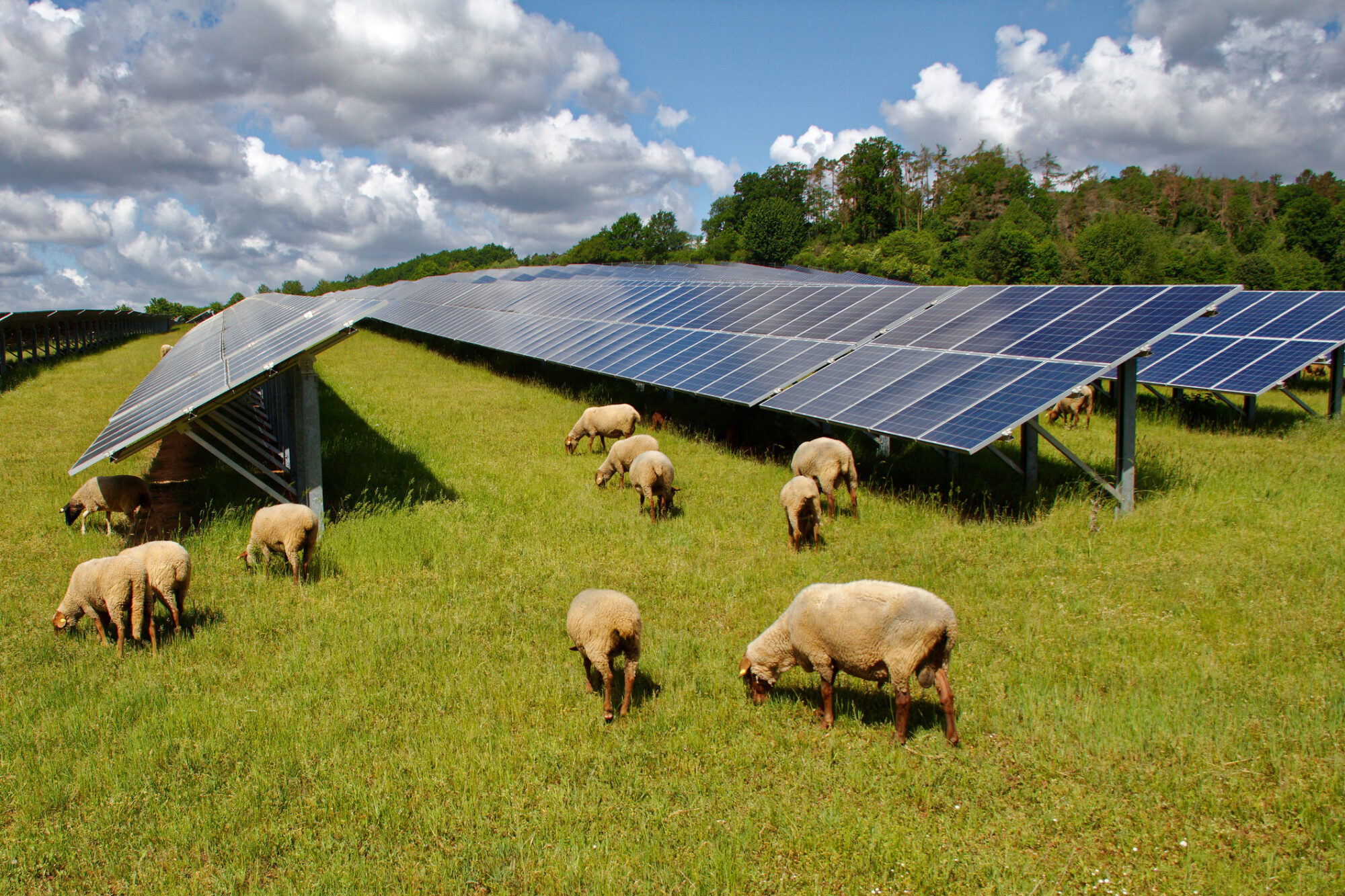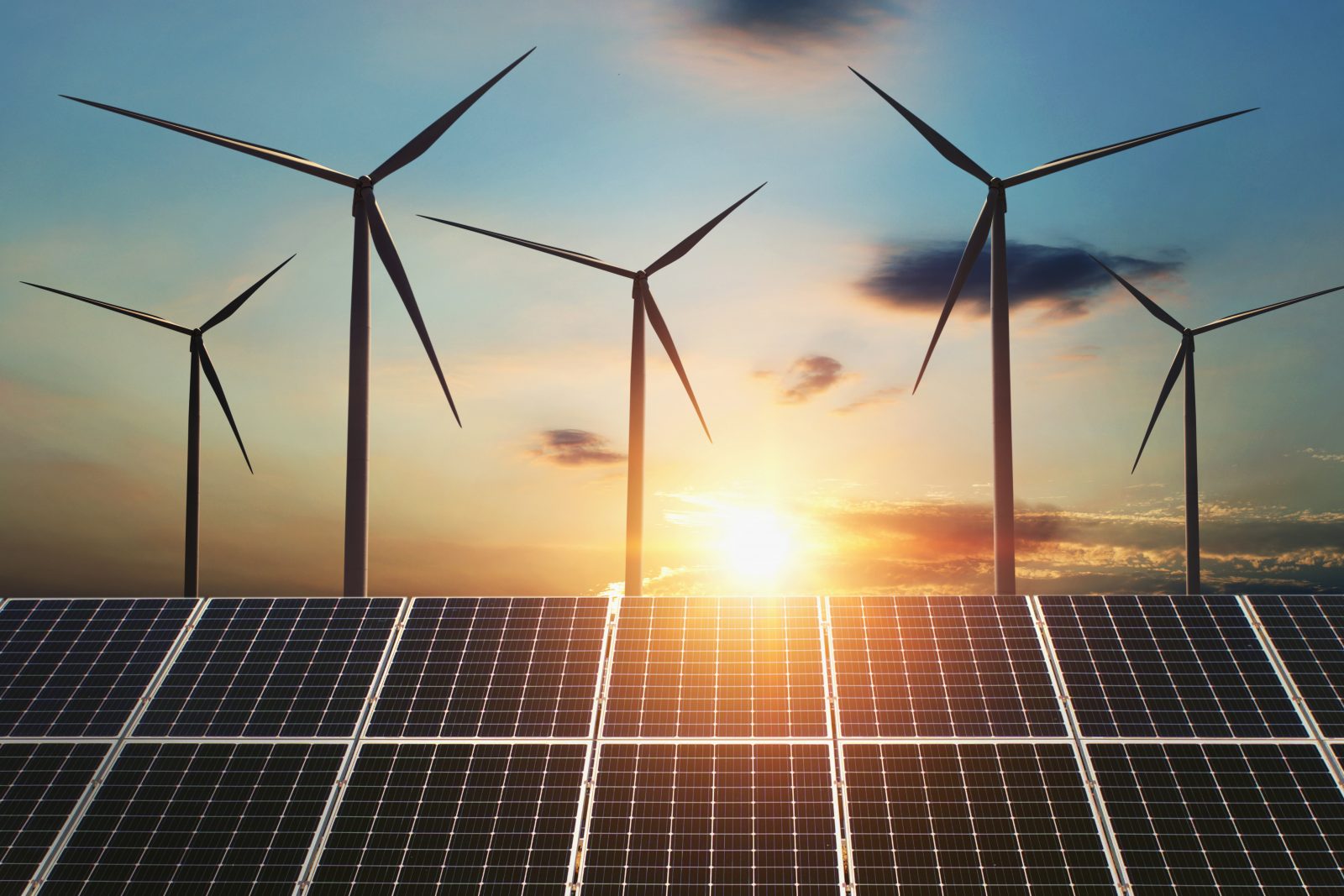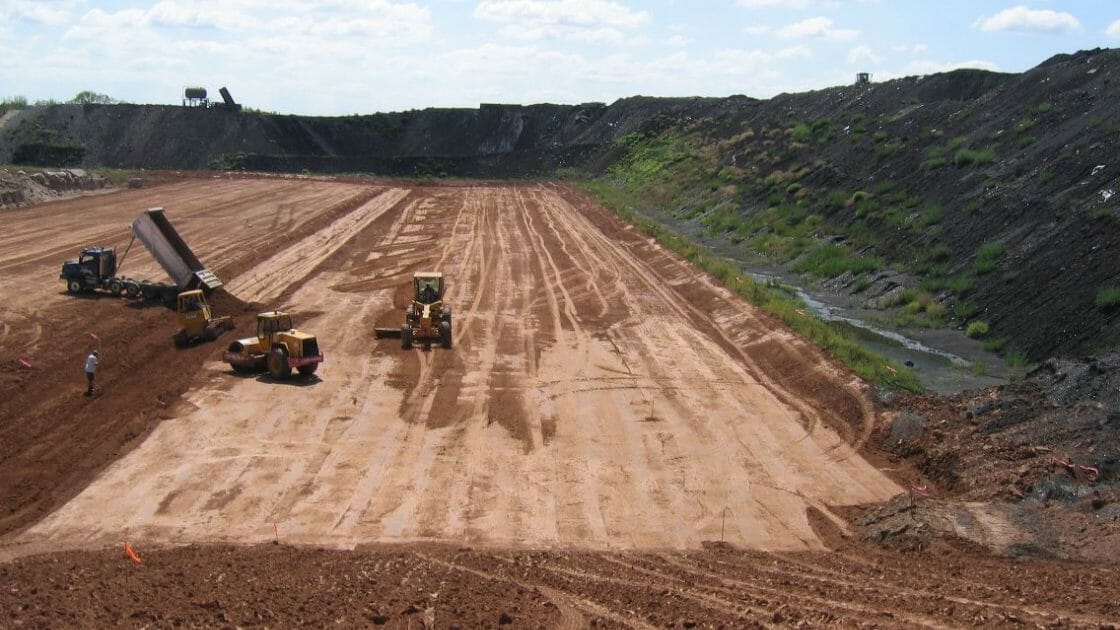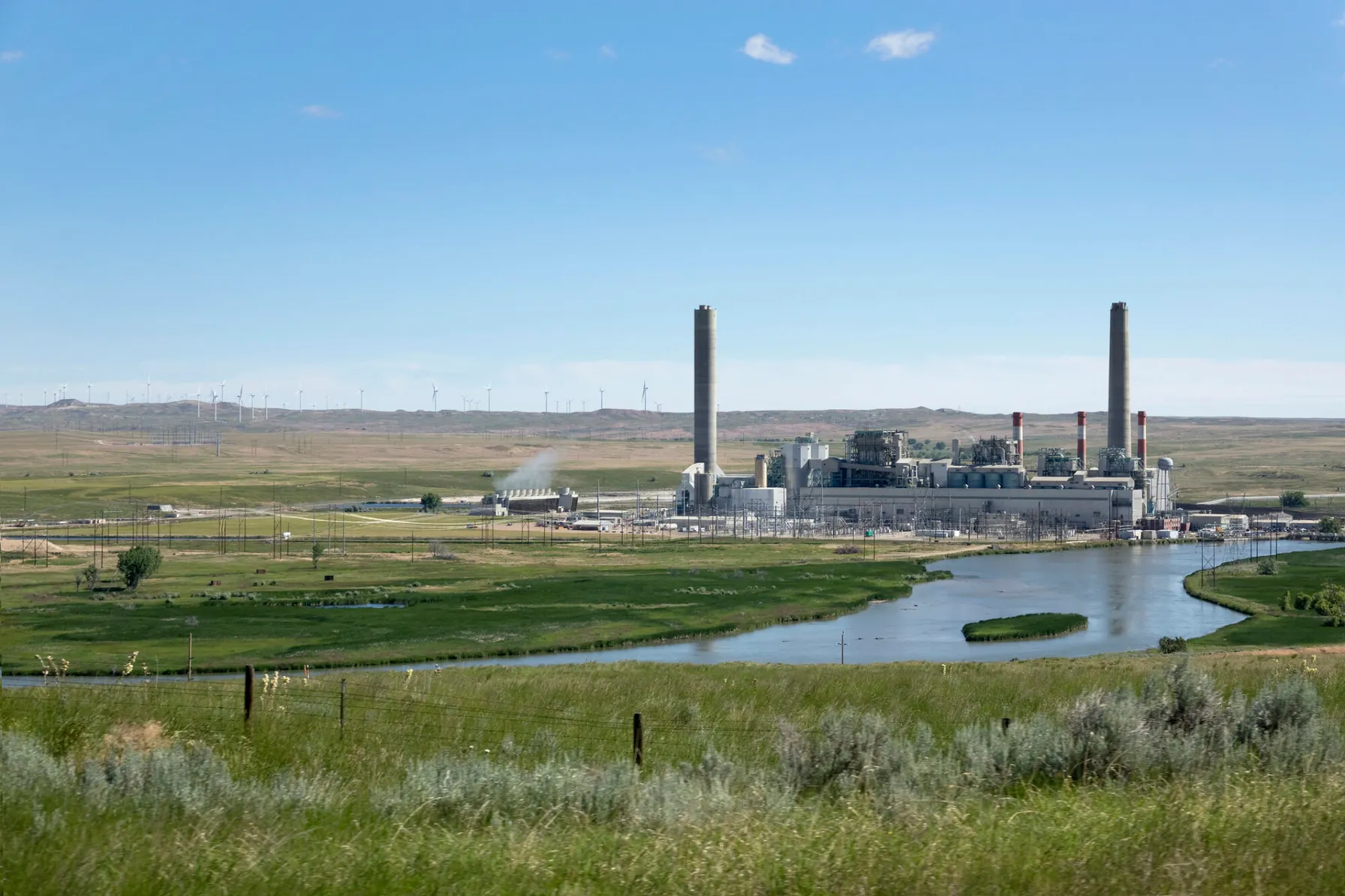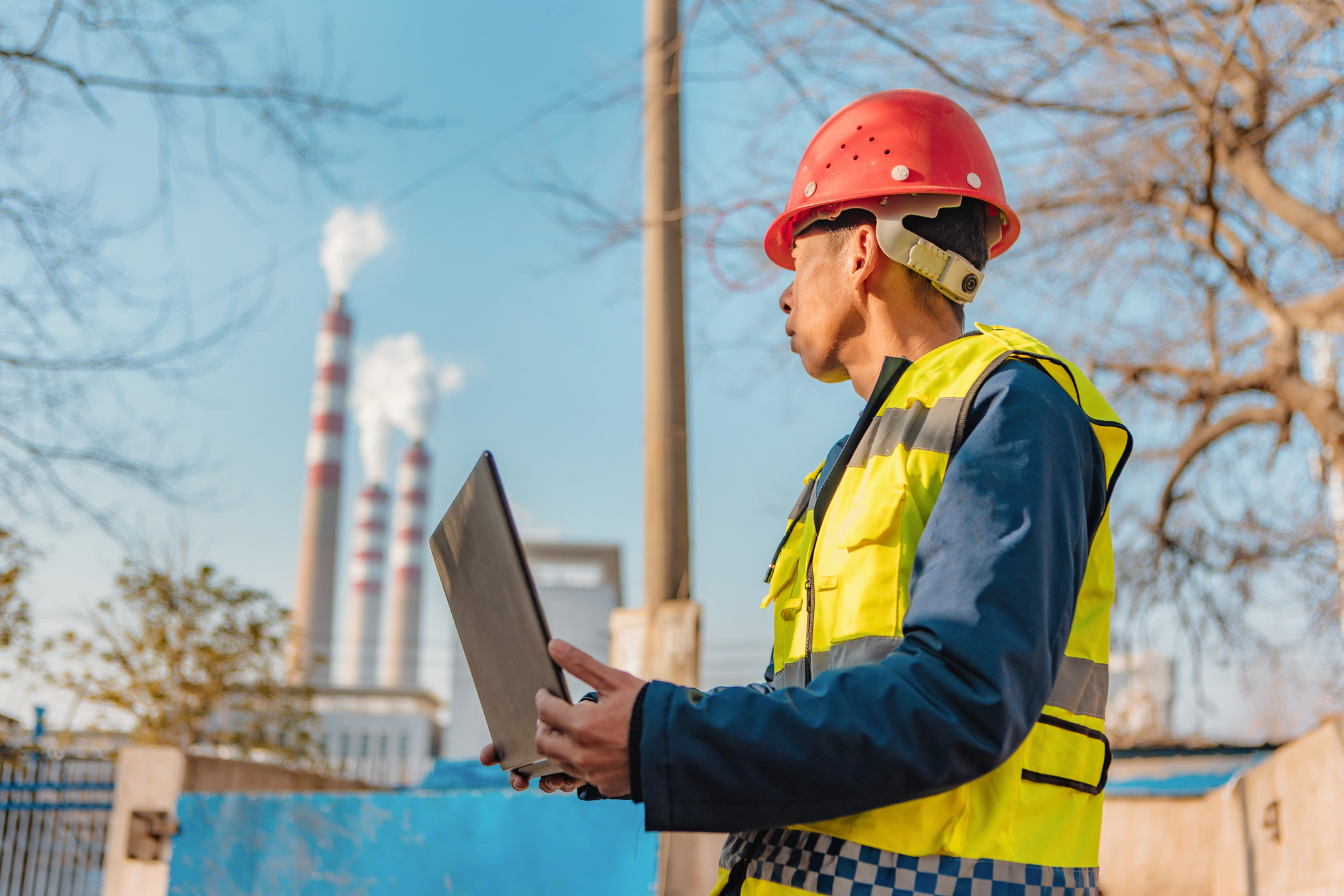Author: Stefanie Pantazis and James Ruprecht | September 26, 2022
Across the globe we are seeing extreme rain events that are wreaking havoc on infrastructure and the environment due to climate change:
- In August of 2022 Death Valley, California received nearly a year’s worth of rainfall in three hours resulting in the loss of critical water sources and major damage to property and stormwater management practices in place.
- Last fall in Liguria and Piedmont Regions of Italy received over 35 inches of rainfall in just 24 hours, which is about how much rain New York City typically gets in one year.
Not every rain event is as extreme as these, but every rain event has the potential to cause damage and spread contaminants if not managed properly or sufficiently.
Related Services


To combat these issues, engineers use green infrastructure to meet pollutant removal goals, reduce channel erosion, prevent overbank flooding and to help control extreme floods. When designing and implementing green infrastructure techniques the Water Quality Volume (WQv) is used to determine how much stormwater these systems will be able to treat for pollutants. The WQv is a calculated value used to determine how much stormwater a Stormwater Management Practice (SMP) needs to treat to meet quality standards. The WQv is used to improve water quality by capturing and treating runoff from small, frequent storm events that tend to contain higher pollutant levels. The quantity of water that must be treated is directly related to the area of impervious cover being added to a site and the 90th percentile rain event. Because of this direct relationship, Runoff Reduction techniques also reduce the WQv. Green infrastructure achieves Runoff Reduction through the following practices:
- Green roofs, stormwater planters and rain gardens used to reduce the contributing stormwater volume.
- Techniques for reducing contributing area such as the preservation/restoration of conservation areas and vegetated channels for conveying stormwater.
- Stormwater Management Practices (SMPs) with runoff reduction capacity such as Infiltration Practices, Bioretention Basins and Dry Swales.
Implementing Green Infrastructure
TRC engineers have been supporting clients across the country by designing and implementing green infrastructure to combat climate change. Recently, the New Providence, NJ and New York City, NY offices have been working on a Stormwater Pollution Prevention Plan (SWPPP) and hydrologic calculations in Yorktown, New York for a proposed solar field. Due to the location of the site, infiltration practices are not permitted, therefore the team is utilizing a combination of Dry Swales and Bioretention Basins to meet the pollutant removal goals and to replicate pre-development hydrology in accordance with the New York State Department of Environmental Conservation (NYSDEC) stormwater regulations. These SMPs were designed to meet both the WQv and Runoff Reduction criteria, as well as to replicate pre-development hydrology.
Dry Swales act as regular swales but filter water through layers of permeable soil and gravel to an underdrain.
Bioretention Basins act as regular basins but filter water through layers of mulch, planting soil, and gravel to an underdrain. These underdrains either lead to another SMP or convey treated water offsite.
It is critical to analyze stormwater management practices through the lens of environmental, social and governance (ESG) to combat climate change and the extreme weather events that are becoming more common. Stormwater has the potential to spread contaminants and can result in the loss of critical water sources if not managed properly. Many techniques and SMPs sometimes require large, open areas to mitigate the environmental effects of stormwater. In city landscapes these areas are simply not available. When compounded with the large amount of impervious area and many sources of contaminants, this is a major issue. To combat these issues state agencies have begun to update their stormwater regulations, making more robust guidance and procedure documents, taking into consideration the new challenges we face.
TRC Experts Can Help
Overlooking the stream that usually runs calmly past your business is normally an enjoyable break in your day, but not today! It’s raining cats and dogs and that stream is now rapidly rising. You look back at your stormwater outfall pipe, which usually would be dumping water from your office park right into the stream and you notice that the flow isn’t coming. Then you remember that TRC just finished designing and installing your new stormwater infrastructure, storing your runoff on this rainy day. Extreme rainfall events are becoming more and more frequent. More than 8 inches of rain fell in a portion of New Jersey in just a few hours during Tropical Storm Ida in 2020, and Houston, Texas endured over 30 inches of rain during Hurricane Harvey in 2017. These extreme rain events are predicted to become even more frequent in the future due to the impacts of climate change. How will your stormwater infrastructure handle the increased loads? TRC has the expertise and vision to assess your existing vulnerabilities and infrastructure through modeling current and anticipated precipitation events, provide updated plans, and find the right solution for your facility. Give TRC a call so you can relax on those rainy days and stay focused on your business.
Sharing Our Perspectives
Our practitioners share their insights and perspectives on the trends and challenges shaping the market.

Creating Lasting Value While Preparing for California’s Approaching Climate Disclosure Laws (SB253 and SB261)
June 17, 2025
Prepare for California’s new climate disclosure laws (SB253 & SB261) with guidance to turn compliance into long-term business value.
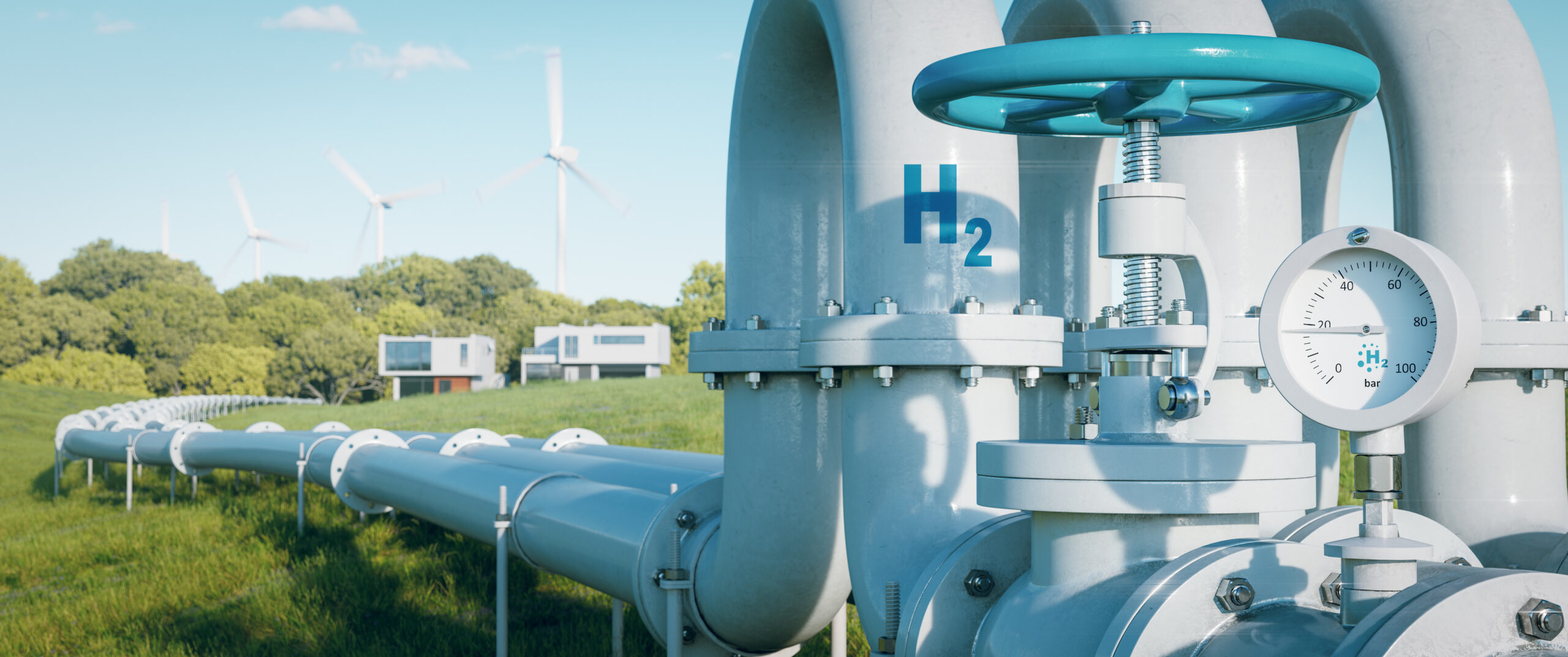
What Hydrogen Production Technologies Qualify for the 45V Tax Credit?
February 26, 2025
The 45V Tax Credit, formally known as the “Credit for Production of Clean Hydrogen and Energy Credit,” became effective on January 10, 2025 when it was published in the Federal Register. The 45V Tax Credit is one of the 21 tax credits that were created or amended by the Inflation Reduction Act (IRA). Finalization of this tax credit is important news to hydrogen project developers and financiers.
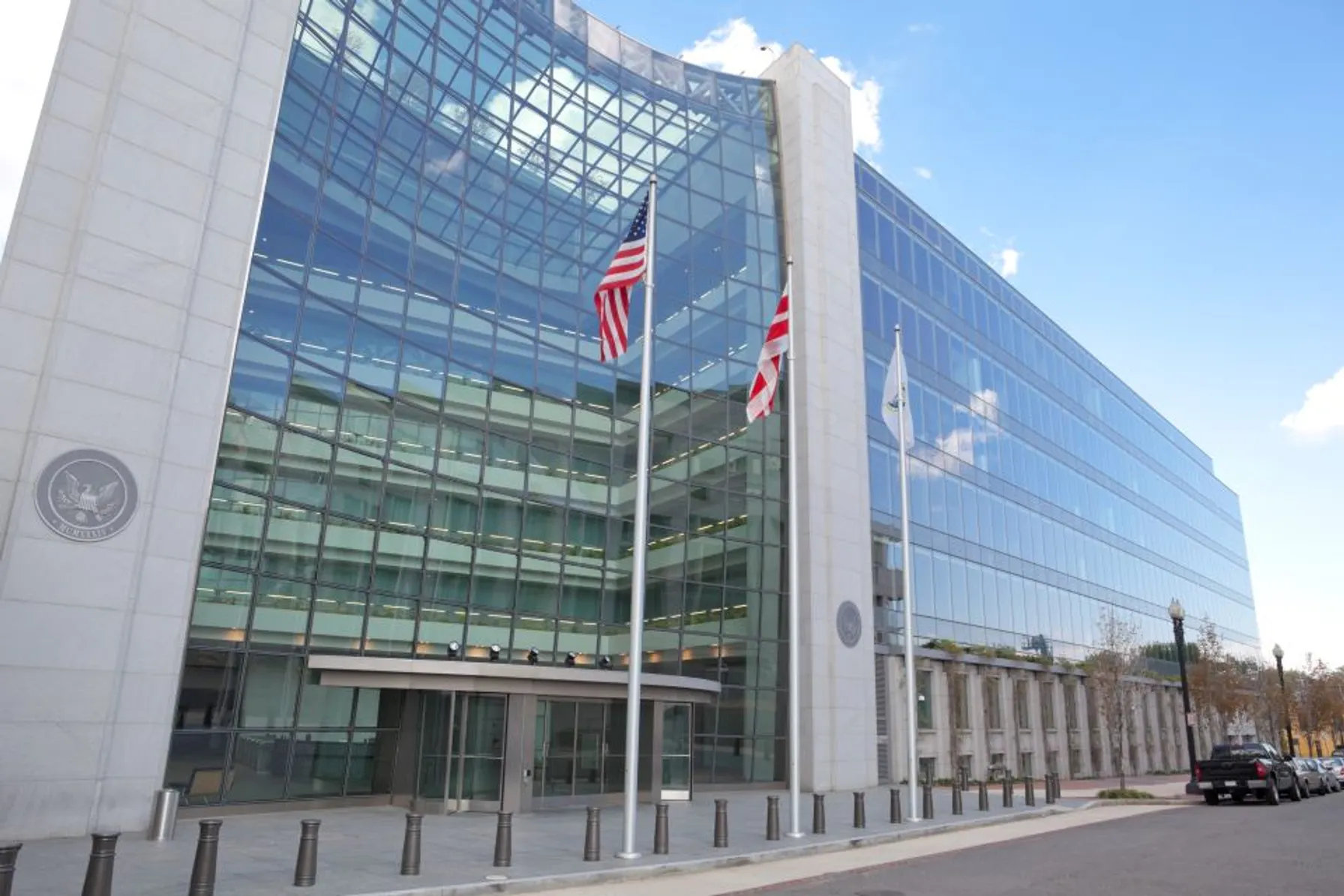
SEC Rules in Favor of Climate-Related Disclosures
March 8, 2024
In a long-awaited climate ruling, the Securities and Exchange Commission (SEC) ruled 3-2 in favor of the climate-related disclosures on March 6, 2024.
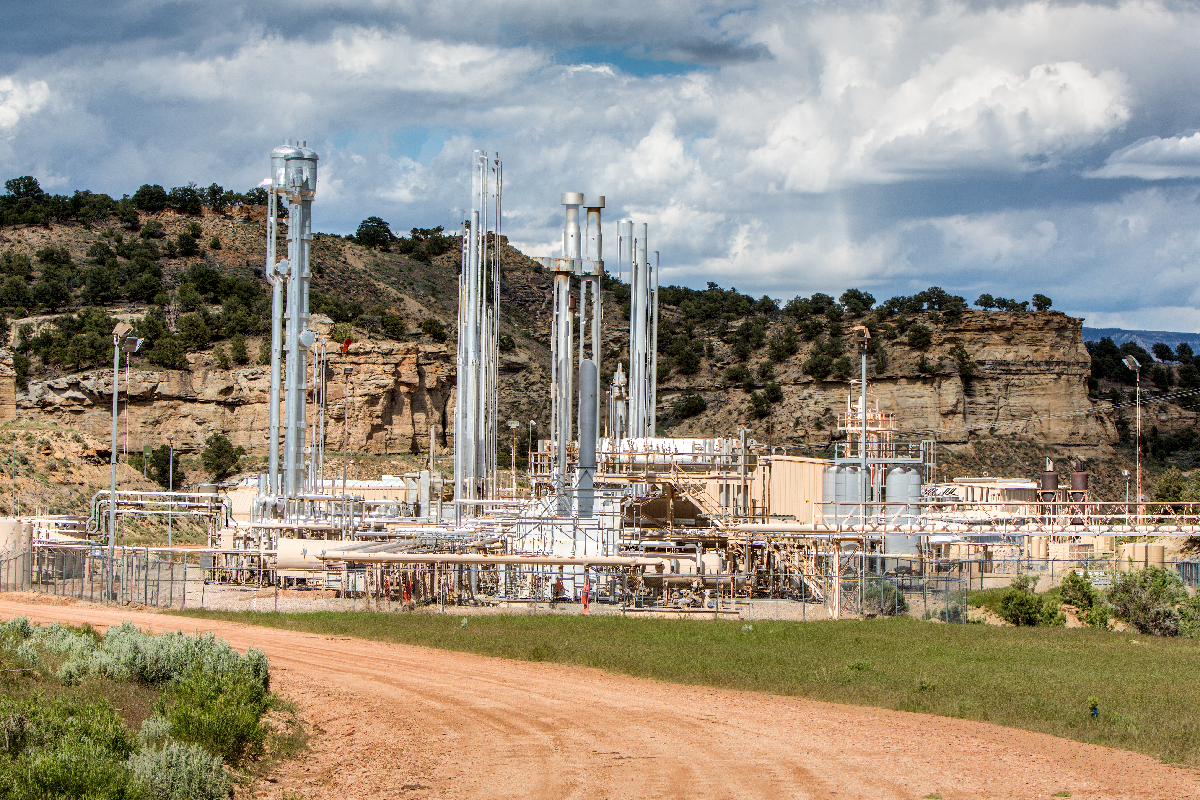
EPA Proposes Rules for IRA-mandated Waste Emissions Charge for Methane
February 6, 2024
EPA proposed rules to implement the Waste Emissions Charge (WEC) program for facilities that exceed a waste emissions threshold

What You Need to Know about the EU Corporate Sustainability Reporting Directive (CSRD)
January 19, 2024
January 1, 2024, marks the start of the first reporting timeframe for companies in scope of the European Union’s Corporate Sustainability Reporting Directive (CSRD).
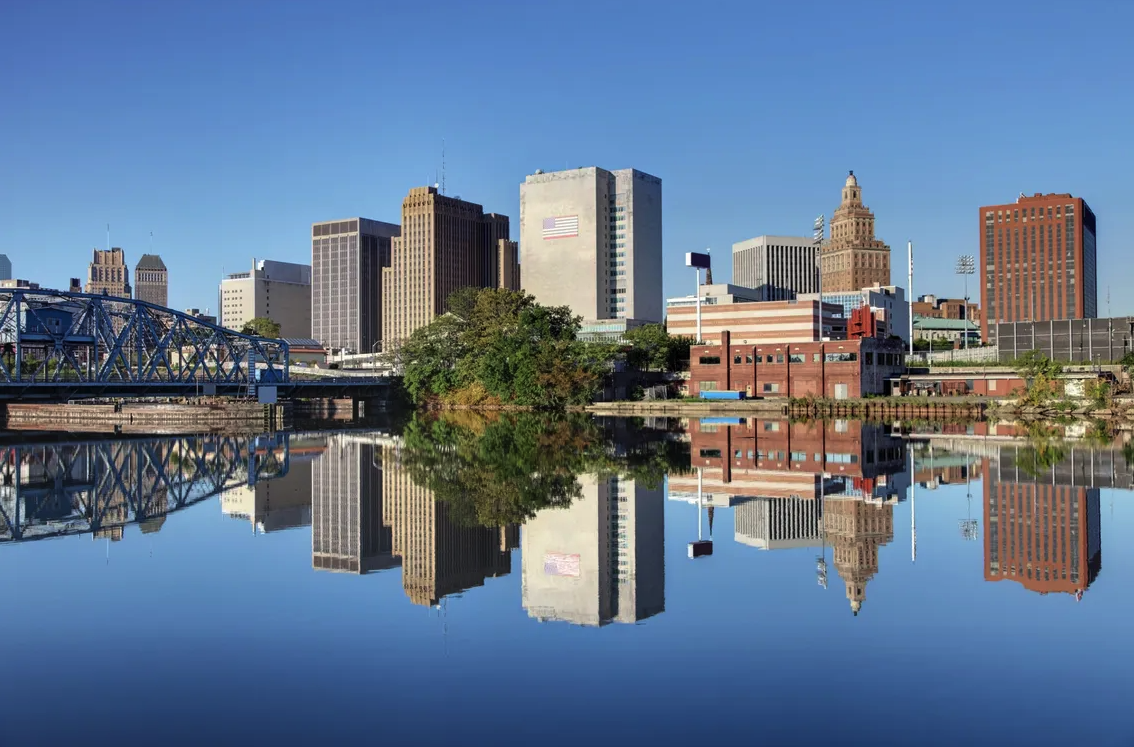
New Jersey Implements Landmark Environmental Justice Regulations
August 2, 2023
A new landmark Environmental Justice (EJ) law is now effective in New Jersey following a lengthy rulemaking process surrounding the New Jersey Department of Environmental Protection’s (NJDEP) Administration Order (AO) No. 2021-25. It is the first rule of its kind and the strongest EJ regulation in the nation.

EPA Proposes Regulation of Green House Gas Emissions
July 10, 2023
This article highlights the EPA’s proposed rules to regulate greenhouse gas emissions from power plants and the potential impact on new and existing fossil fuel-fired facilities.

Organizing for Project Success
June 22, 2023
Many organizations are establishing Project Management Organizations (PMOs) to improve project management within their organizations. While there can be many reasons for establishing a PMO, most are established to improve project management with respect to schedule, cost, quality and risk. This article provides an overview of factors to consider when deciding on which type of PMO is most suitable for your organization and how best to implement a successful and high-performing PMO.
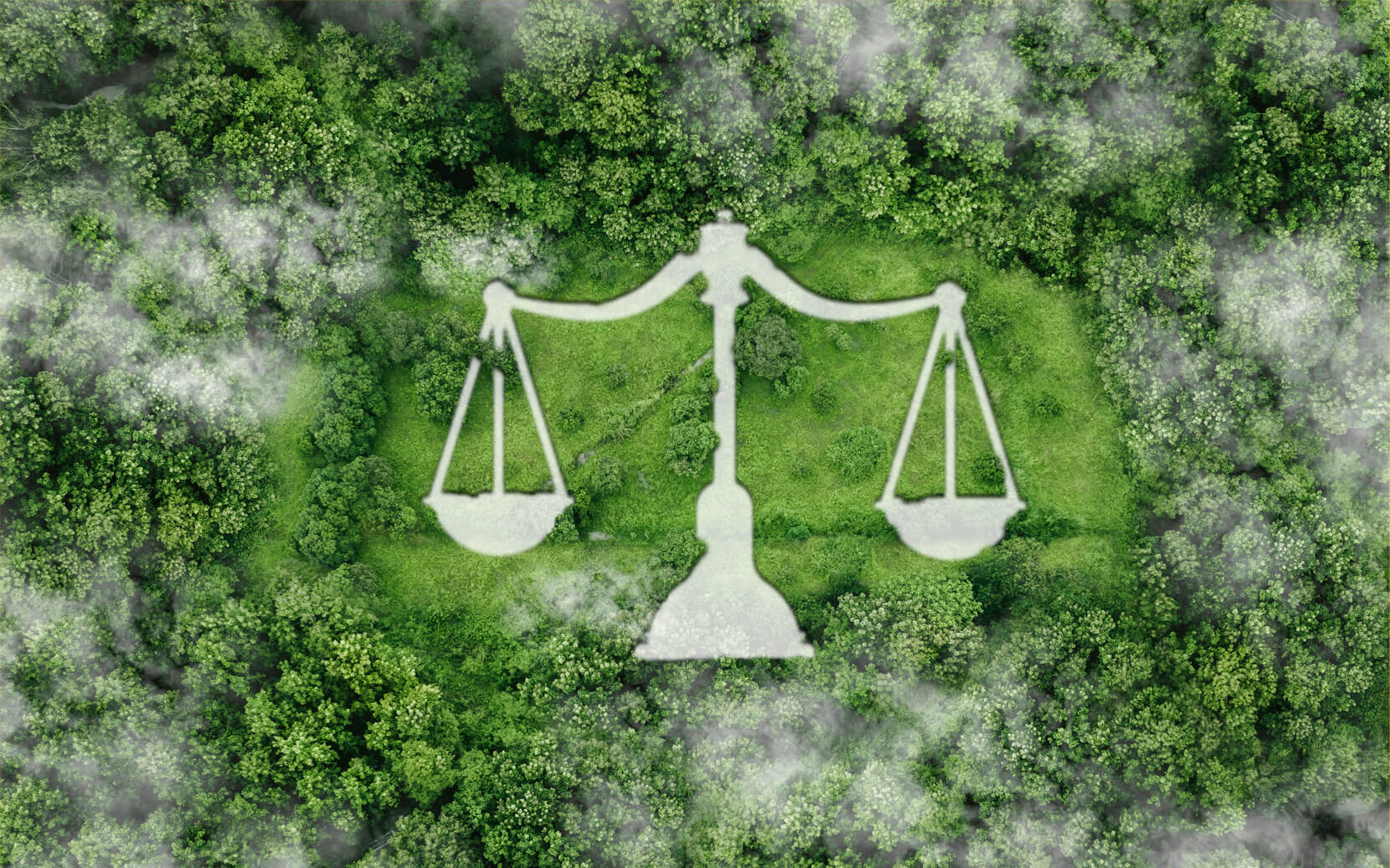
New Executive Order 14096 Broadens Environmental Justice Initiatives
May 9, 2023
Executive Order 14096, Revitalizing Our Nation’s Commitment to Environmental Justice for All, seeks to deepen the Biden administration’s “whole-of-government” approach to environmental justice (EJ) by fully integrating the consideration of unserved and overburdened communities and populations into all aspects of federal agency planning and delivery of services.
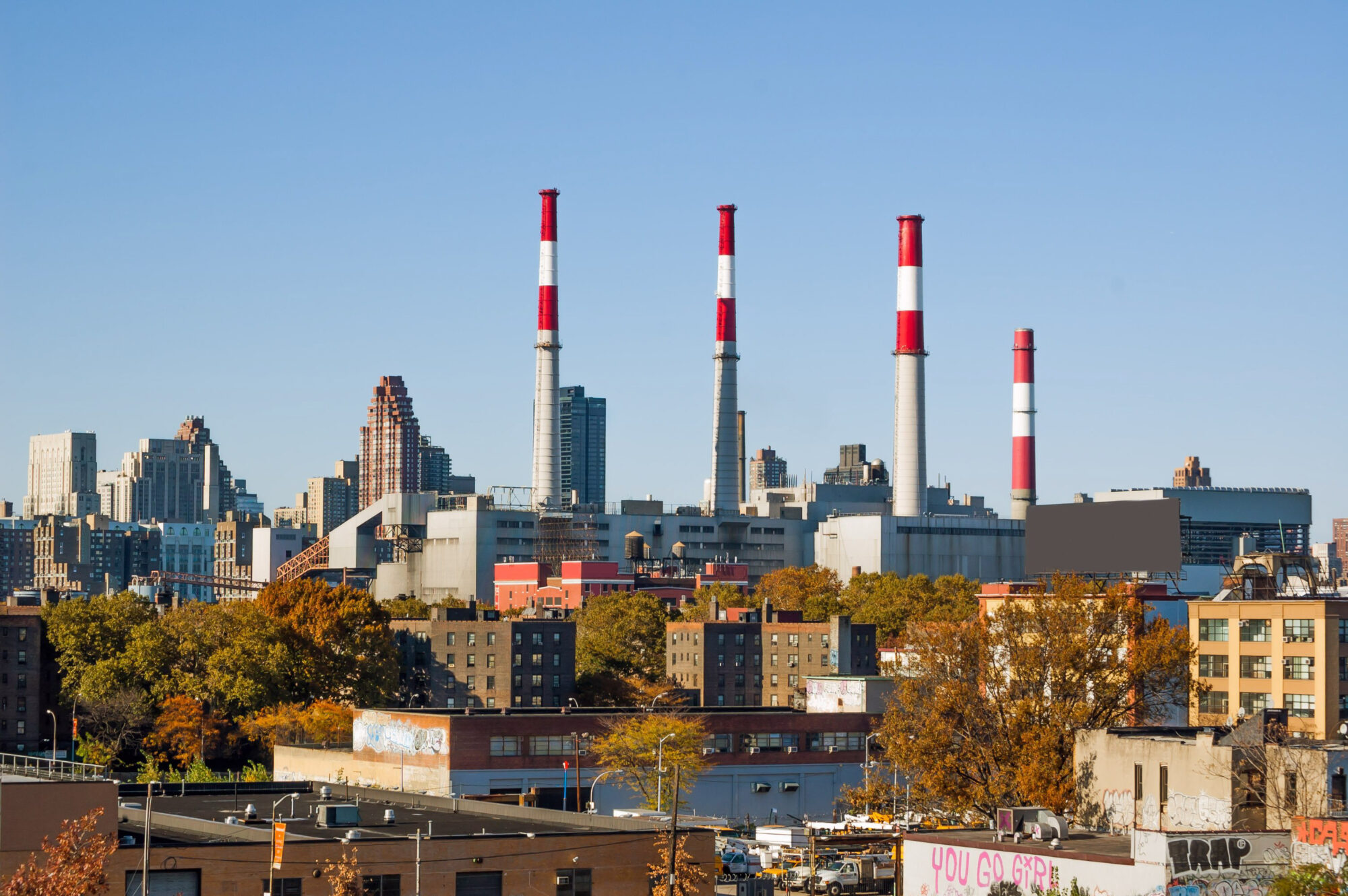
Proactive Enforcement is Key in the EPA FY2022-2026 Strategy
October 19, 2022
A core element of the EPA FY2022-2026 Strategic Plan focuses on environmental compliance.
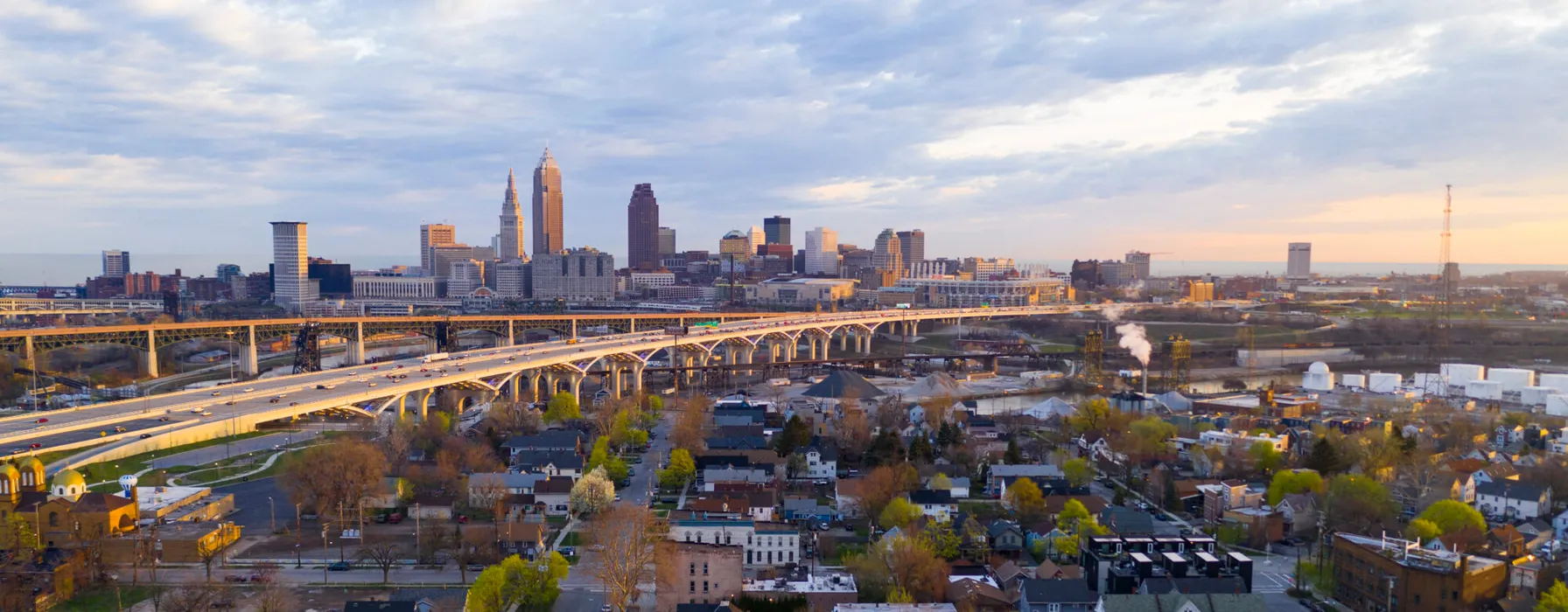
Preparing for EPA Inspections in Environmental Justice Communities
October 4, 2022
The EPA Office of Enforcement and Compliance Assurance Have Expanded Goals to Strengthen Enforcement and Protections Within EJ Communities

TRC Companies Inc. welcomes the Founder and Key Principals of ESG Advisory Firm Enzo Advisors, LLC
September 27, 2022
TRC Companies announces the expansion of its Climate Solutions offering and ESG capabilities with the addition of the Founder and CEO, and key members of Enzo Advisors, LLC
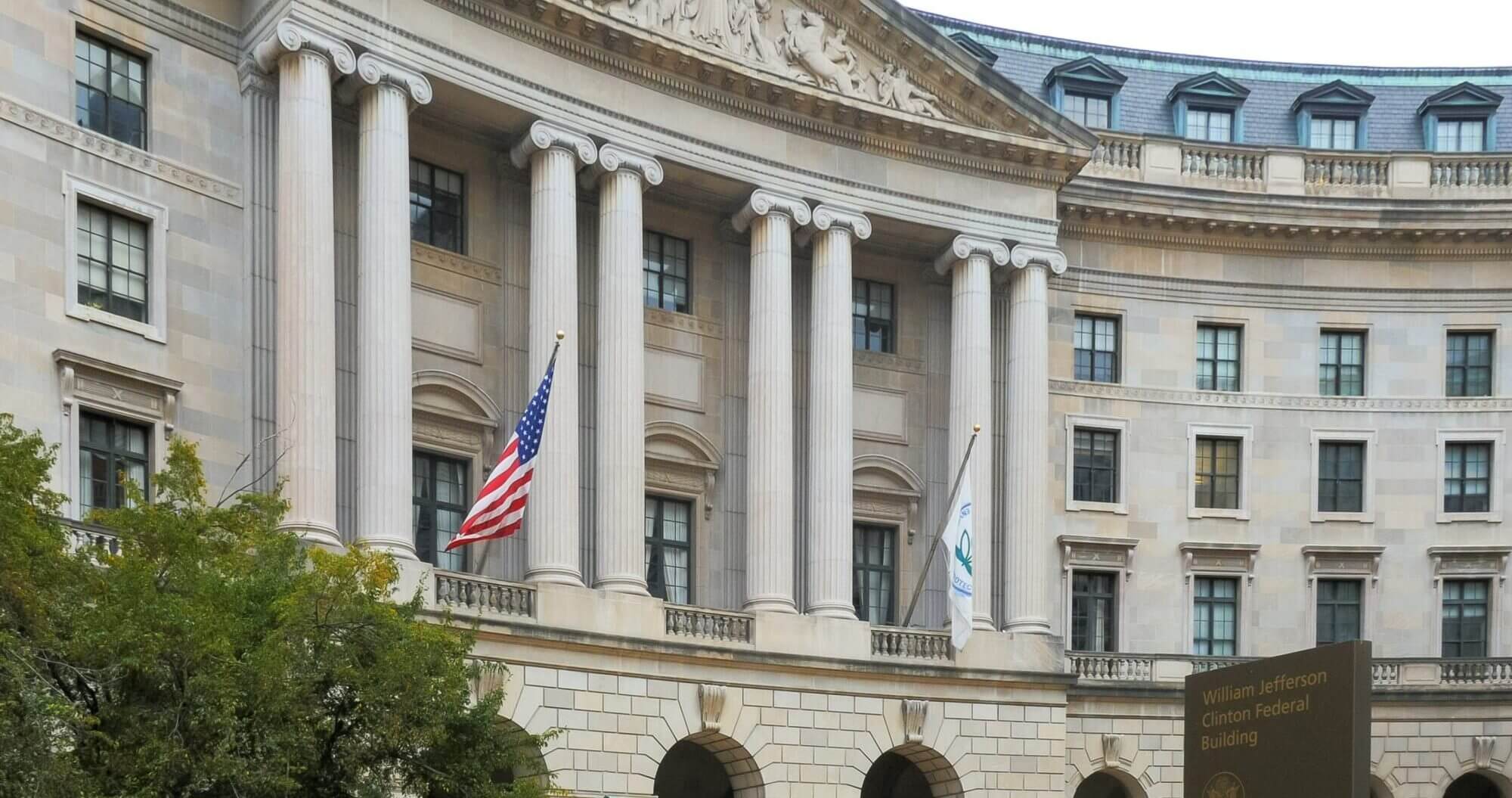
Climate Action and Environmental Justice are at the Forefront of EPA’s Strategic Plan
June 14, 2022
The EPA issued its Fiscal Year 2022-2026 Strategic Plan. Although the strategic plans emphases often change with administrations, we can be reasonably certain that the Plan reflects priorities through 2024.

TRC Companies Pledges to Achieve Net Zero GHG Emissions by 2040
April 26, 2022
TRC Companies, a digitally powered and environmentally focused global professional services firm, announced its commitment to achieve Net Zero greenhouse gas (GHG) emissions across its full value chain by 2040, aligning with the most ambitious aim of the Paris Agreement to limit global temperature rises to 1.5 °C.

Why Are ESG Frameworks Important?
April 13, 2022
ESG standards significantly impact long-term growth, leading many companies to integrate ESG reporting into their corporate social responsibility (CSR) strategies. ESG frameworks are broad and diverse, and establishing a reporting system that covers your industry’s most relevant metrics can be challenging.
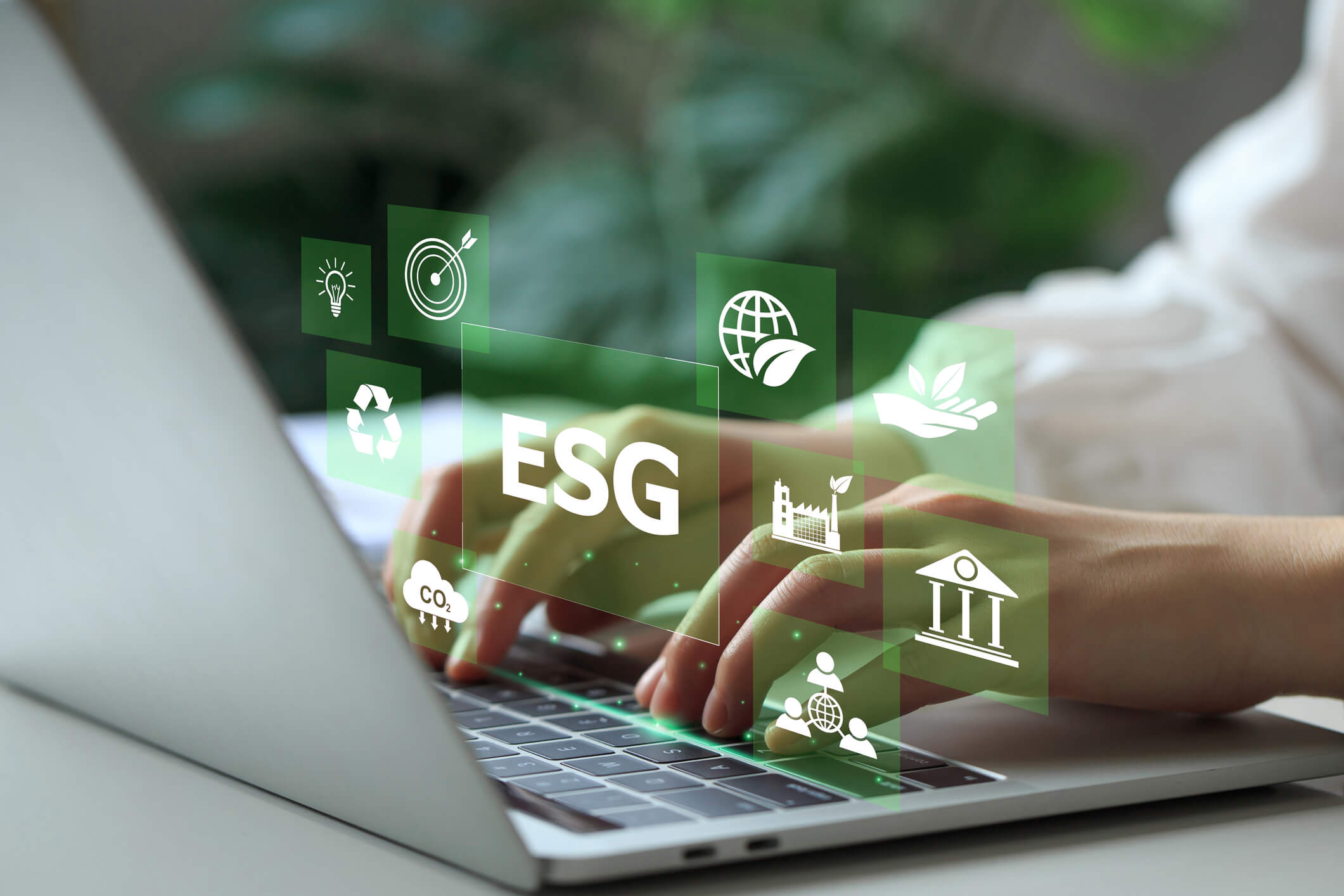
How Does ESG Address Environmental Concerns?
October 22, 2021
When investors consider where to put their money, they may examine environmental, social and governance (ESG) criteria, learn about a company’s core values and decide if they align with their own. Young people, in particular, search out this information to make decisions that align with their morals.

What Is Environmental, Social and Corporate Governance?
October 10, 2021
Several key considerations help determine whether an investor decides to support a particular company. While many factors can tip the scales, investors are increasingly seeking out businesses that uphold higher standards. Therefore, companies should openly communicate their standards to make it easier for investors to understand their values.

NJDEP Implements New Jersey Environmental Justice Law Through Administrative Order
October 5, 2021
On September 22, 2021, the New Jersey Department of Environmental Protection (NJDEP) Commissioner announced the issuance of Administrative Order (AO) No. 2021-25 to implement New Jersey’s Environmental Justice (EJ) Law. This order is effective immediately, and applicants seeking to site new major source facilities, renew major source permits or expand existing facilities with major source permits (e.g., Title V air permits) in overburdened communities are affected. There are more than 4.5 million people that live within 331 municipalities that are overburdened communities in the state of New Jersey.

Cryptocurrency: The Environmental Threats and Opportunities
August 9, 2021
Cryptocurrency (also known as crypto) is taking the fintech industry by storm, despite the economic experts who still dismiss it as a viable form of currency. Although often criticized for this volatility, whistleblowers are also further shining a light on the severe toll that these digital currencies are taking on the environment.

Managing EHS & ESG Risks Through Integrated Systems Today and Beyond
July 22, 2021
It has been more than 50 years since the development and establishment of the federal Environmental Protection Agency (EPA) and the federal Occupational Safety & Health Administration (OSHA) which were formed to protect our environment and workplaces across the United States. Significant laws, policies and regulations followed to establish the “regulatory programs” that all applicable businesses and entities must address and meet to ensure these compliance-driven legislative programs would create a foundation to protect our society.

TRC Announces Collaboration with Greenstone Reinforcing Integrated ESG, Sustainability and Climate Risk Solutions
June 26, 2020
On September 22, 2021, the New Jersey Department of Environmental Protection (NJDEP) Commissioner announced the issuance of Administrative Order (AO) No. 2021-25 to implement New Jersey’s Environmental Justice (EJ) Law. This order is effective immediately, and applicants seeking to site new major source facilities, renew major source permits or expand existing facilities with major source permits (e.g., Title V air permits) in overburdened communities are affected. There are more than 4.5 million people that live within 331 municipalities that are overburdened communities in the state of New Jersey. The Administrative Order requires an enhanced public participation process that requires facilities to: Hold a public hearing meeting as determined by the Environmental Justice Law. To the extent consistent with applicable law, have a public comment period that is a minimum of sixty (60) days. If there is written request from members of the respective overburdened community, the public comment period may be extended by thirty (30) days to provide information related to “information regarding existing conditions within the overburdened community and potential facility-wide environmental and public health stressors that could result in adverse impacts upon the overburdened community were the regulated activity approved.” Respond to and address the concerns raised by individuals from the overburdened community during the public comment period, which may include the need to perform additional analysis as deemed necessary by the NJDEP. Solicit concerns from the overburdened community regarding environmental or public health stressors posed by the facility. Adhere to special conditions placed on permits approved by the NJDEP. Special conditions may be placed to avoid or minimize public health stressors to the maximum extent allowed by law. NJDEP has the authority to reopen or further extend the public comment period on a case-by-case basis, as consistent with applicable law and statues. Title V permit holders in overburdened communities in New Jersey must take steps to address new and multi-faceted environmental justice regulations and should do so in an effective manner to avoid business difficulties and manage public relations issues. This AO has the potential to significantly impact project schedules for new projects or facility expansions. Therefore, identifying EJ-related concerns during the planning phase is critical to a successful project and benefits both the business and the community.

COVID-19 and Implications for ESG Investing
June 3, 2020
This global pandemic has exposed business vulnerabilities and recalibrated material Environmental Social and Governance factors for investors.

James Ruprecht
James Ruprecht is an Engineer within TRC’s Environmental sector who focuses on stormwater management and civil engineering. He has 1 year of experience in these fields and is based in New Jersey. He is a member of the Stormwater Management CORE technical team. He is part of a team that assist clients with stormwater management projects and stormwater and spill compliance needs. Contact James at jruprecht@trccompanies.com.

Stefanie Pantazis
Stefanie Pantazis is an Associate Project Manager and Senior Engineer within TRC’s Environmental sector who focuses on stormwater management and civil engineering. She has 7 years of experience and is based in New York. She is the co-leader of the Stormwater Management CORE technical team and a Sustainability Coordinator for the New Providence office. She is a part of a team that assist clients with stormwater management projects and stormwater and spill compliance needs. Contact Stefanie at SPantazis@trccompanies.com.

